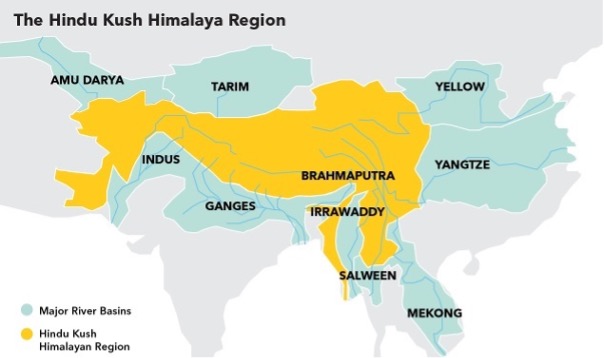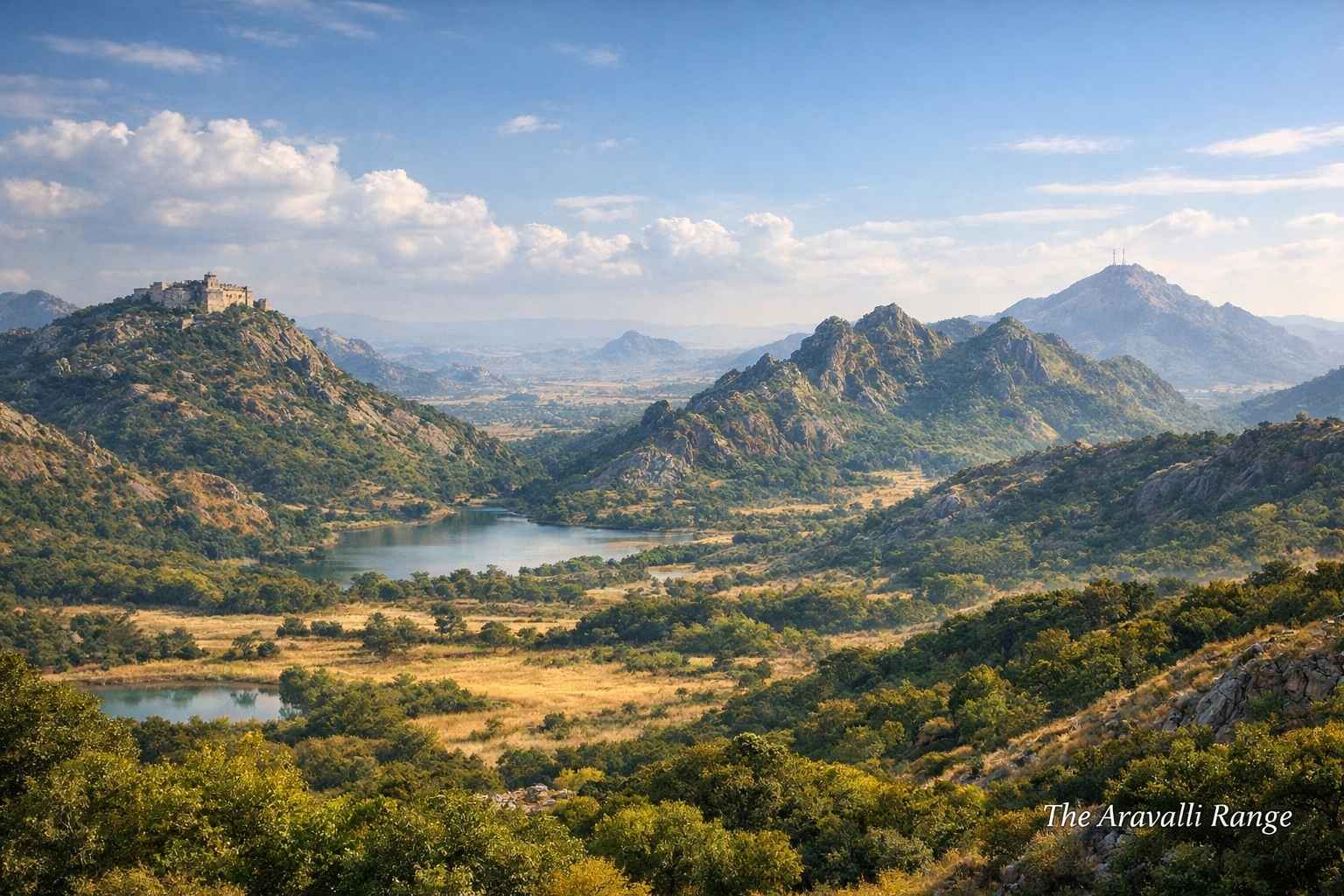A new report by the International Centre for Integrated Mountain Development (ICIMOD), released during the Asia-Pacific Clean Energy Week in Bangkok, has underlined the huge but untapped renewable energy resources in the Hindu Kush Himalayan region and the risks that climate change poses to this sector.
About the Hindu Kush Himalaya (HKH)
- Stretches for nearly 3,500 km across Afghanistan, Bangladesh, Bhutan, China, India, Myanmar, Nepal, and Pakistan.
- Source of 10 major Asian river systems, including the Ganga, Brahmaputra, Indus, Mekong, and Yangtse.
- Supports nearly 240 million people directly through water, ecosystem services, and livelihoods.

Key Findings of the Report
- Low Clean Energy Share: Renewable energy accounts for only a small portion of the region’s total primary energy use.
- Hydropower Potential: Out of the vast hydropower capacity, less than half is currently being used. A large share lies in rivers shared between countries.
- Solar and Wind Energy: Potential exceeds 3 terawatts, but current national targets fall short of this capacity.
- Country-Wise Dependence: Bhutan and Nepal generate all their electricity from renewable sources. Other countries like Bangladesh, India, Pakistan, China, and Myanmar continue to depend heavily on fossil fuels.
- Traditional Fuels: Biofuels and waste remain major rural energy sources in Nepal, Bhutan, Pakistan, and Myanmar, but they worsen air pollution and health problems.
Climate Risks to Energy
- Hydropower projects face increasing risks from climate change, such as fluctuating water flows, extreme weather, and melting glaciers.
- Many projects are threatened by glacial lake outburst floods (GLOFs) and related disasters.
- Disaster risk reduction and resilience planning are crucial for sustainable energy development.
Barriers to Renewable Energy Growth
- High cost of renewable projects and limited financing.
- Low private investment and insufficient technical expertise.
- Land acquisition challenges and lack of modern regulations.
- Weak research and development in clean energy technologies.
Recommendations
- Enhance regional cooperation in energy planning and investments.
- Use platforms like SAARC Energy Centre and BIMSTEC for joint initiatives.
- Strengthen south-south technology sharing and attract international financial support.
- Encourage India and China to take a leadership role in green energy transition, linking it to poverty reduction, economic growth, and emission reduction goals.
- Ensure social and environmental safeguards for local communities.
Conclusion:
The HKH region holds enormous renewable energy potential, but poor utilization, financial gaps, and climate risks slow progress. A cooperative, climate-resilient, and inclusive approach is vital to harness these resources for sustainable development.





